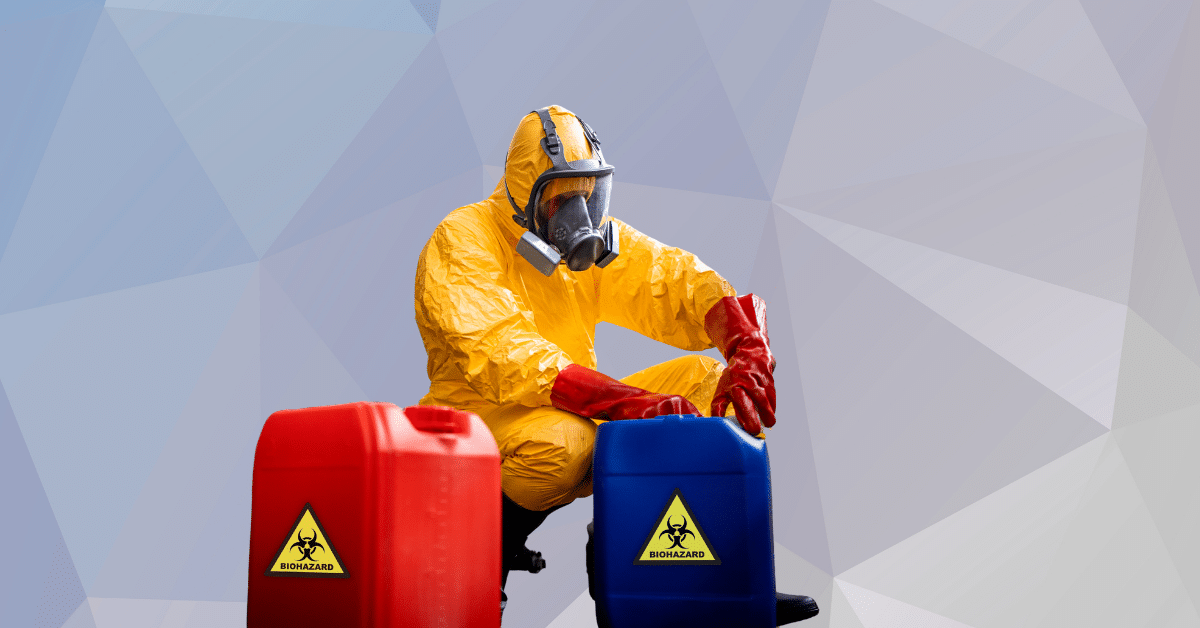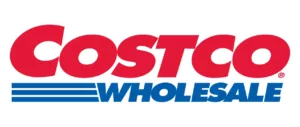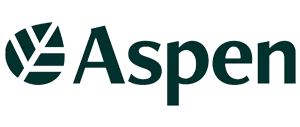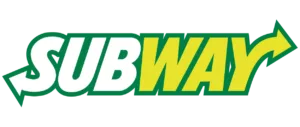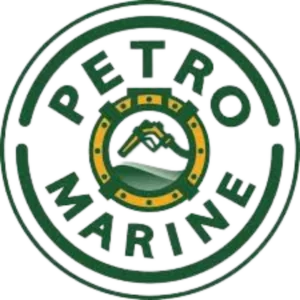I remember walking through a shop where a seasonal hire reached for a spray bottle near the break room sink.
The label had worn corners, the signal word was scratched, and the only legible word was the scent: “Lemon.”
A supervisor caught it in time. The bottle did not hold a mild countertop cleaner. It was an alkaline degreaser meant for equipment. That tiny moment, one hand on the trigger, is a reminder that hazard communication is not just paperwork. It is how people stay safe in the ordinary, rushed seconds of the workday.
When labels are readable, Safety Data Sheets (SDS) are easy to find, and workers recognize the red diamond pictograms, near misses stay near misses. When those basics fail, even routine tasks can escalate quickly.
How Hazard Communication for employees Protects Your Team Every Day
Chemical exposures continue to be a steady source of workplace incidents in many industries. OSHA data shows that the Hazard Communication Standard (HazCom) remains one of the most frequently cited regulations, which tells a simple story: labels, SDS access, and training still break down in real workplaces.
A strong program helps employees understand what is in the containers they use, how those substances can affect them, and what they should do before, during, and after a task. It also gives supervisors a clear structure for keeping information up to date under production pressure.
In practical terms, a clear program reduces the chance that someone grabs the wrong bottle, skips eye protection because the risk seems low, or ignores a pictogram they do not recognize. A modern GHS and Hazard Communication training approach connects those details to everyday decisions, so employees can pause, check, and act with confidence.
What Effective GHS-Aligned Training Looks Like
The most effective training does not simply repeat the regulation. It turns requirements into simple actions that workers can perform without thinking about every step.
In many organizations, the best format blends short classroom or eLearning segments with hands-on practice at the job site. During these sessions, employees handle actual labeled containers, locate SDS for frequently used products, and walk through spill response steps at the workstation. Along the way, they learn to:
- Read label elements such as product identifier, signal word, hazard and precautionary statements, pictograms, and supplier information
- Connect pictograms to the hazard classes they represent and understand when the environmental pictogram appears
- Use the 16-section SDS format, with special attention to critical sections such as 2, 4, 6, 7, and 8
This type of training builds fluency instead of memorization. Workers leave knowing how to apply the information they see on labels and SDS to the tasks they perform every day.
Labels, Pictograms, And SDS As Everyday Tools
Labels and SDS are the everyday tools that guide chemical use in your facility. When training is effective, people recognize hazards at a glance and know where to check details before they begin work.
Useful habits to reinforce include:
- Taking ten seconds to scan any label before use, looking for signal words, pictograms, hazard statements, and precautions
- Verifying that secondary containers have legible, current labels with the correct product identifier
- Keeping SDS within one click or one arm’s reach, and practicing quick “find it fast” drills so workers can locate key sections under pressure
- Comparing PPE listed in the SDS with the equipment stored in cabinets and flagging any mismatches for correction
The goal is automatic interpretation. When workers see the corrosion or skull-and-crossbones pictogram, they instinctively slow down, choose the right gloves and eye protection, and adjust their method before starting.
Using The Hierarchy Of Controls Before PPE
Hazard communication gives your team the language to describe chemical risks. The hierarchy of controls provides the order in which you address those risks.
Whenever possible, start with elimination or substitution, such as replacing a high-vapor solvent with a safer alternative. Next, look at engineering controls, including local exhaust or enclosures that keep vapors and splashes away from workers. Administrative controls, such as written procedures and job rotation, add another layer of protection. PPE rounds out the system when other controls cannot fully remove the risk.
When employees understand both pieces, they can make smarter choices. They do not rely on gloves and goggles alone. Instead, they think about whether a less hazardous product is available, whether ventilation should be on, and whether a different method would be safer.
Micro-Scenarios And Checklists That Make Training Stick
Training is more memorable when it mirrors real situations. Short micro-scenarios can be built into daily or weekly routines so that safety habits stay sharp.
Examples include:
- Wipe-down swap: A technician reaches for a “multi-surface” bottle to clean stainless tanks, but the label shows the corrosion pictogram. The group decides whether to change products, adjust the method, or add PPE.
- Secondary container check: A squeeze bottle with a smudged sticker is taken out of service, relabeled from the original container, and logged as a quick corrective action.
- SDS speed round: Two employees compete to find Section 8 and identify the recommended glove material.
- Ventilation decision: Noise from a fan tempts a worker to switch off local exhaust. The team discusses safe alternatives.
- Spill in a busy aisle: A small splash appears near a doorway. Roles are assigned for blocking the area, checking the SDS, retrieving absorbent material, and reporting the incident.
Each drill can end with a one-minute debrief that covers what went well, what should change, and which supplies need attention, such as labels, gloves, absorbents, or face shields. Over time, these exercises turn procedures into habits.
How To Measure The Impact Of Your Program
Hazard communication should be treated like any other core process. That means measuring performance, not simply holding a training session and moving on.
Useful indicators include:
- Label and SDS accuracy, checked with random spot audits
- Near-miss reports involving chemicals, which often rise briefly as awareness improves and then decline as fixes take effect
- PPE fit and match, verified against SDS recommendations for frequently used substances
- Time to locate a relevant SDS, measured from starting a search to finding the critical sections
- Findings from internal or external audits that relate to hazard communication
Tracking these metrics shows whether the program is changing behavior and where you need to focus the next round of improvements.
What OSHA Requires In Plain Language
OSHA’s Hazard Communication Standard (29 CFR 1910.1200) requires chemical manufacturers and importers to classify hazards and provide labels and SDS. Employers must then maintain a program that ensures workers can access, understand, and use that information during their work.
The standard is aligned with the United Nations Globally Harmonized System (GHS), which is why your teams see consistent signal words, pictograms, and 16-section SDS layouts across different suppliers. Linking your internal efforts to a simple GHS and HazCom basics reference sheet can help employees connect what they see in training with what they encounter on the job.
The most effective programs are designed so that employees can read, find, and act on information without searching through dusty binders or guessing at unfamiliar symbols.
Role-Specific Practices That Raise The Bar
Different groups play different roles in keeping chemical information accurate and useful.
Frontline employees
- Perform a “label, SDS, PPE” check before first use of any product
- Stop and request relabeling if a label is faded or missing
- Report any gaps between SDS guidance and the PPE that is actually available
Supervisors
- Run at least one short scenario-based drill per week at the job site
- Keep blank secondary container labels and permanent markers at the point of use
- Rotate chemical walkthroughs, focusing on one area each week so that no storage location is overlooked
Safety, HR, and training leads
- Use brief toolbox talks or micro-learning sessions for refreshers tied to real tasks
- Track SDS retrieval times as a practical measure of readiness
- Map high-use chemicals to a simple reference chart posted where work happens
These practices turn a written program into a living system that employees see and use every day.
Choosing Training That Fits Your Workplace
Employees tend to tune out training that feels abstract. They pay more attention when they recognize the containers, labels, and processes being discussed.
When selecting training, look for a GHS course for workers that uses realistic examples, short knowledge checks, and clear demonstrations of label and SDS use. Many organizations benefit from a blended model that combines online modules with brief floor walks where teams practice reading labels and pulling up SDS on shared devices.
If your organization is comparing options for OSHA Hazard Communication training, prioritize courses that clearly explain label elements, pictograms, and SDS sections, rather than long, text heavy presentations.
A concise GHS and Hazard Communication Training Course that can be assigned by team or location makes it easier to roll out training consistently and track completion.
Follow formal training with quick, hands-on drills that reflect your actual equipment, chemical storage, and spill kits. This bridge between the classroom and the floor is what turns knowledge into action.
The Long-Term Payoff Of Strong Hazard Communication
When hazard communication is working well, the workplace feels different. People hesitate at a red diamond, swap gloves without being reminded, and speak up when they see a smudged label or a missing SDS.
That steady, practical safety culture does not appear overnight. It grows from clear expectations, quality training, regular practice, and visible follow-up on issues that employees raise.
If your organization is looking for a structured starting point, many providers offer GHS and HazCom training packages that can be completed online and reinforced with on-the-floor practice. The strongest results come when leaders pair that training with simple metrics, regular walk-throughs, and ongoing conversations about how to make chemical work safer and easier.

